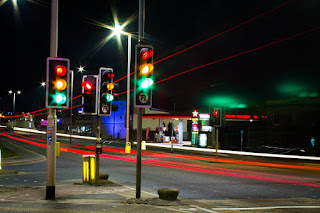Games GDD
Game GDD
The first reading was about generating ideas, and giving advice on how to get rid of "designer's block".
How to get through "designer's block";
- Keep a collection of all of your ideas for games, mechanics, stories, and everything else. Look back through it to see if there’s anything from years ago that you can use.
- Think of something random. Try to find a way to integrate it into your game.
- Do research. Learn about some aspect of the game in more depth, and you will likely find new ideas.
- Go back to the basic. Think of the formal elements of your game. What are the player goals? Rules? Resources? And so on. Note that you’ll need to define these anyway in order to have a game, so by focusing on these one at a time it may give you new questions to answer.
- Formalized brainstorming, either alone or in a group. Some people swear by this method, while others say the results are questionable. The best I can say is that the results are highly unpredictable… as is the case with most R&D.
- Think critically about games. You may have my textbook on game design that contains some of what Brenda and I have learned over the years, but you should write your own book over the course of your lifetime (whether you publish it or not, at least keep it for yourself). When you discover something that does or doesn’t work in a game and you think you can identify the root cause as a “law” (or at least a guideline) of game design that is broadly applicable, write it down! If you don’t know why, writethat down too, and come back to it periodically until you find the answer.
- Play lots of games! But… play as a designer and not just a player. Don’t just play for enjoyment. Instead, play critically. Ask yourself what choices were made by the designer of the game, and why you think those choices were made, and whether or not they work. Play games in genres that you don’t like or have never tried, and try to figure out why other people find them fun. Also, published hint guides can be useful to read — they are basically glorified design documents that detail all of the systems of a game!
- And lastly, practice. Work on your own projects. The more you make games, the better you get at making them… just like any other art form.
After you've come up with a solid idea you should make a prototype as fast and cheaply as you possibly can. As long as it's playable and ready for evaluation you're ready to go. Later you may the game look nice. For now all you need to know is that your game is enjoyable.
Prototype testing shows the good and bad of your game but there's still time to change it for the real game.
The game journal discussed the design of games not just the mechanics and idea behind them. It was on board and card games.
Use contrasting colours, don't make your piece be larger than tile it's on.
Don't be vague with the rules. Go into the gameplay and rules in detail so the player can understand and have a better experience playing the game.
 |
| Dice and Counters |



Comments
Post a Comment